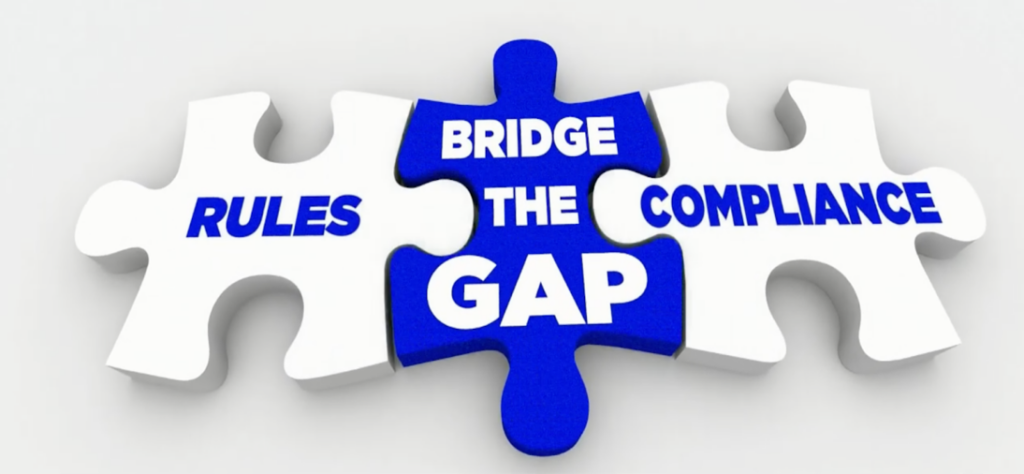
In the fast-paced world of DevSecOps, traditional approaches to compliance are fraught with inefficiencies and waste, far beyond the mere inconvenience of manual checks. These outdated methods introduce significant bottlenecks, hindering speed, security, and agility—key pillars in software development. The solution lies in adopting a ‘lean compliance’ model, where compliance is seamlessly automated and integrated directly into the CI/CD pipeline. This blog delves into transforming compliance from a hurdle into a catalyst for rapid and secure software delivery.
The Inefficiency Bottleneck: Rethinking Manual Compliance
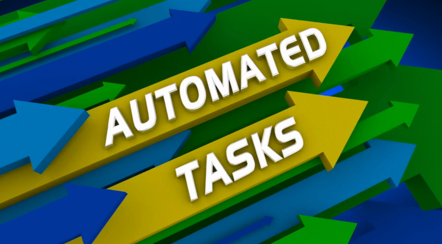
Consider the CI/CD pipeline a modern software development assembly line. Manual compliance checks can halt this line, causing disruptions that are both costly and demotivating.
Lean processes aim to eliminate such unplanned downtime, emphasizing the importance of automation in compliance tasks. Automating these processes is akin to implementing a mistake-proofing system, catching issues early, and reducing the need for rework.
Like Lean’s focus on identifying non-value-added work, manual compliance tasks rarely add to the end-user value of your software. They’re repetitive, error-prone, and take engineers away from innovation. That’s why automated compliance integration with CI/CD is akin to building in a mistake-proofing (Poka-Yoke) system. It catches issues early in the flow of work, saving rework and reducing cycle time.
Automation as the Accelerator
Automated compliance in CI/CD offers process, quality, and mindset advantages:
- Enforced Standardization: Automation becomes your digital standard work, ensuring every build or configuration change meets baseline governance, no matter who initiates it.
- Human-Error Elimination: Reduce, if not remove, the chance of misconfigurations or missed checks slipping through to production.
- Predictable Release Cycles: Compliance is never the reason for a delayed release. Predictability lets you manage customer expectations reliably.
- Data-Driven Improvement: Compliance dashboards become decision-support tools. Visualize bottlenecks, optimize policies, and drive proactive improvements over time.
A New Strategy for Compliance Integration
While automation plays a crucial role in modernizing compliance within CI/CD pipelines, it addresses only a part of the broader challenge. Beyond the technical hurdles, there are significant process and cultural issues that also demand attention.

Traditional compliance methods are often seen as rigid and obstructive, creating barriers that can stifle innovation and slow down the deployment process. Recognizing these multifaceted challenges, a new strategy for compliance integration is essential—one that goes beyond mere automation to tackle the underlying process and cultural issues head-on.
This section delves into the holistic approach needed to reinvent compliance in the DevSecOps landscape. The strategies discussed below aim to create a compliance integration model that supports rather than hinders the DevOps process, aligning with organizational policies while providing the freedom to innovate.
Embracing Flexibility in DevOps Tooling
The cornerstone of modern compliance in CI/CD lies in offering teams the flexibility to choose their tools while seamlessly aligning with organizational policies. This ‘choose your own adventure’ approach ensures that compliance enhances rather than hinders the DevOps process, providing a supportive framework for teams to operate freely. A pivotal aspect of enabling this flexibility while ensuring alignment with organizational standards is the adoption of “Policy as Code.”
“Policy as Code” is a powerful methodology that codifies compliance and security policies directly into the development and deployment processes. By defining policies as code, organizations can automate the enforcement of compliance across diverse toolchains and environments. This not only ensures consistency and reduces the risk of human error but also allows development teams the freedom to use the tools that best fit their needs without compromising on compliance.
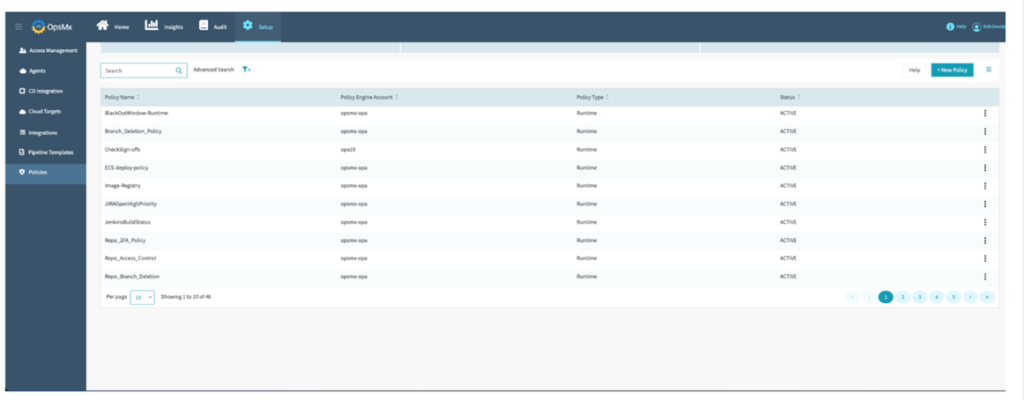
The flexibility offered by “Policy as Code” complements the ‘choose your own adventure’ approach, bridging the gap between the desire for tooling freedom and the necessity for compliance, thereby supporting a truly agile DevOps environment.
Enhancing Visibility and Compliance
Visibility into the compliance status across teams is not just crucial; it’s a strategic asset. It enables management to differentiate between perceived and actual compliance, directly addressing any discrepancies. This level of transparency is vital for maintaining a seamless flow in software release processes, ensuring that compliance standards are not just met but integrated into the fabric of development practices.
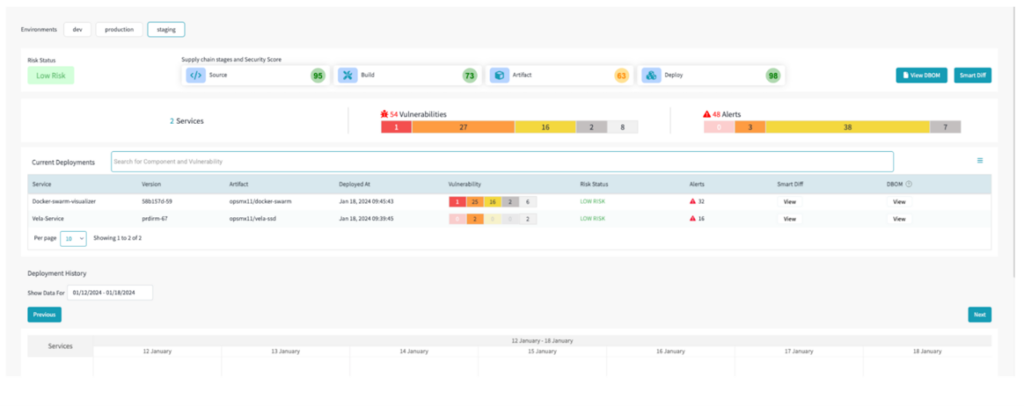
To achieve this, organizations need an end-to-end view that offers comprehensive insights into deployment and delivery. This requires a solution that integrates and analyzes data from the entire CI/CD toolchain across each workflow. By harnessing this data, teams can continuously assess risk, making automated, informed decisions for each release. Such a system ensures that every stage of the software delivery process is visible, from initial code commit to deployment, providing a clear picture of compliance at every juncture.
This approach streamlines compliance and enhances the overall efficiency and security of the software delivery lifecycle, fostering a culture of continuous improvement and accountability.
Ensuring Lifecycle Compliance and Real-time Security Insights
Integrating comprehensive compliance and security measures throughout the entire software development lifecycle—from code check-in to deployment—is paramount for maintaining compliance and a robust application security posture. By embedding automated compliance checks at each stage of the development process, organizations can minimize latency and avoid delays, ensuring a seamless flow towards deployment. This strategy embeds compliance as a continuous thread, interwoven through every aspect of the development lifecycle.
Simultaneously, the provision of real-time insights into an application’s security posture becomes an integral component of this lifecycle approach. Such real-time visibility supports the rapid identification and remediation of potential vulnerabilities, thereby not just reacting to issues but proactively enhancing security measures. This dual focus on lifecycle compliance and real-time security insights ensures that every phase of development is guided by both compliance and security considerations.
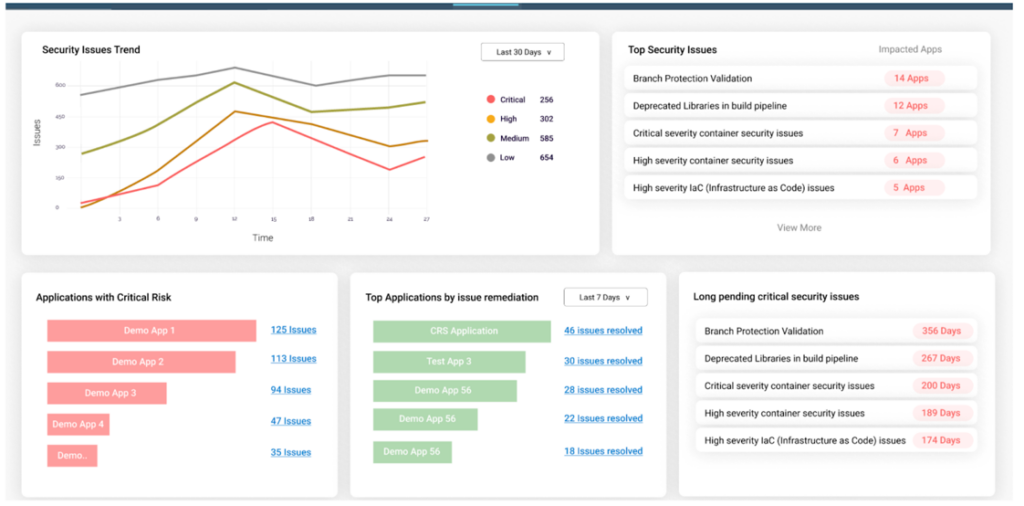
This unified approach promotes a holistic view of compliance and security, where the two are not isolated checkpoints but are instead integrated features of the entire development process. It empowers teams to deliver software that is not only compliant with the necessary standards but is also secure by design, reflecting a deep commitment to quality and trustworthiness in every release.
Empowering Teams Through Education and a Non-Confrontational Approach
Merging the essence of empowerment with education, alongside adopting a non-confrontational compliance approach, fosters an environment where developers are equipped with the knowledge they need to navigate compliance requirements effectively. This paradigm shift from enforcement to education promotes a culture of continuous improvement and self-governance, enabling teams to refine their processes autonomously.
By emphasizing monitoring and feedback rather than punitive measures, this approach aligns with the agile and DevOps cultures that thrive on collaboration and adaptability. It encourages development teams to see compliance as an integral part of their daily workflow, not as a hindrance. This combined strategy ensures that compliance becomes a shared responsibility, woven into the fabric of everyday operations, and contributes positively to the development lifecycle.
Such an environment not only improves compliance standards across the board but also enhances the overall productivity and morale of the team. By fostering an atmosphere where learning and growth are prioritized, teams are more likely to proactively address compliance issues, innovate securely, and deliver value faster and more efficiently.
Conclusion: Cultivating a Culture of Lean Compliance
The journey towards “Lean” compliance within CI/CD transcends mere tool adoption. It requires cultivating a culture where security and compliance are viewed as shared responsibilities. By embracing flexibility in tooling, enhancing visibility, empowering teams through education, ensuring lifecycle compliance, focusing on real-time security posture, and adopting a non-confrontational approach, organizations can make compliance a natural part of the CI/CD pipeline. This secures the software supply chain and supports operational agility, proving that compliance, security, and rapid delivery can coexist harmoniously.
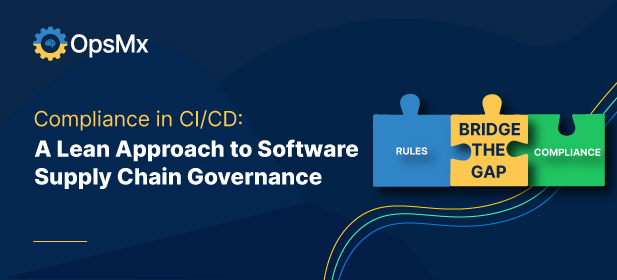
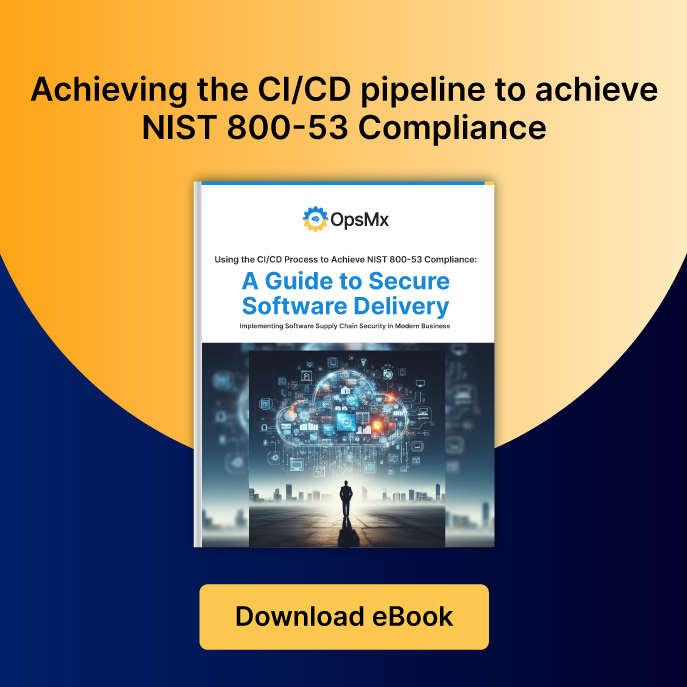
0 Comments